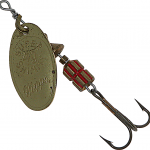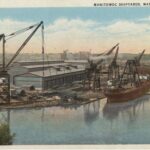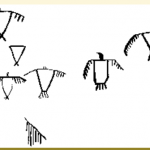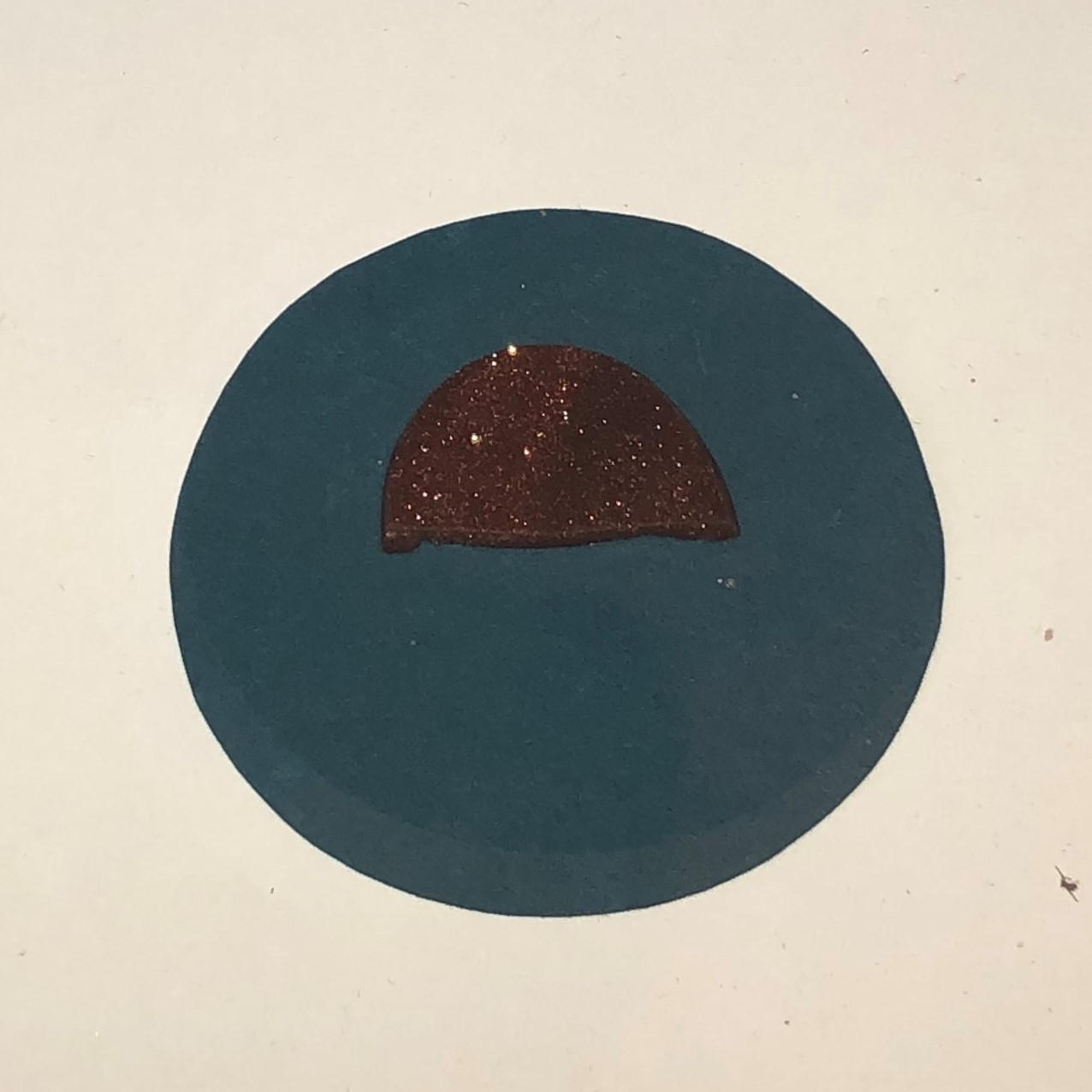
The Peshtigo Fire
On the evening of October 8, 1871, the most destructive fire in U.S. history blazed through seventeen towns in northeast Wisconsin. In total, the Peshtigo Fire burned 2,400 miles of land, killed anywhere from 1,200 to 2,500 people, and injured another 1,500. Some of those who survived were able to do so by jumping and wading in the Peshtigo River. There are many eyewitness accounts left behind, one states: “the air was literally filled with burning coals and cinders, which fell, setting fire all around.”[1] The fire was able to burn and spread quickly due to the wind direction, the dry summer that year, and the amount of slash and saw dust in the lumbering town.
Slash and burn was an agricultural technique used at the time to clear land. Farmers cut down any vegetation on the land and burned it before planting new seeds. The piles of slash consisted of fallen trees, branches, and vegetation that were cleared from the surrounding forests. All of which were great fuel for the fire.
After the fire finally died out, survivors went out to aid other survivors and to help collect the dead. One of these survivors was R.M. Wright. Not much remained of the cities the Great Fire destroyed. Collapsed trees and the remains of burnt animals littered the path of the fire. When Wright reached Williamsonville he saw a pile of 35 dead bodies and even more scattered in other places. Many of the bodies were so badly burnt they could not be identified. However, he identified the body of Miss Maggie Haney by the breastpin still attached to her clothing. The breastpin is currently on display at the Door County Historical Museum and Archives. Recorded by Thomas Williamson in 1871, Miss Haney’s name appears on a list of the identified victims from Williamsonville in a binder in the Peshtigo Fire Museum.
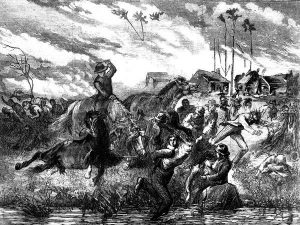
The Impact of the Peshtigo Fire in Williamsonville
The village of Williamsonville was first founded by brothers Fred and Tom Williamson who ran Door County’s largest shingle mill. The village was home to 77 residents and sat on less than 10 acres of land at the time of the fire. Most of the residents were either members of the Williamson family or were employees at the mill.
Of the 77 residents, 60, including Miss Maggie Haney, were killed by the Peshtigo fire. The 17 survivors were left with burnt hands, eyes, and feet. The village they once called home, as well as their family members and friends, were gone.
Williamsonville was never rebuilt after the devastation of the Peshtigo Fire. In 1927, Tornado Memorial Park was established at the site of a well where 7 men hid from the fire tornadoes that ravaged through the village. The fire tornadoes or fire vortices were created by the winds over northeastern Wisconsin at the time of the fire. The vortices contributed greatly to the speed of which the fire spread.
Although the fire was incredibly devastating to those who called Williamsonville home, it also transformed the economy in that region. The area that was once used for lumbering eventually became rich farmland. The fire cleared any remaining forests and opened the land to farmers who were able to grow crops. Today, the Peshtigo Fire is seen as the main cause of southern Door County’s quick transition from lumbering to agriculture. In the 1870 and 1880 censuses of the southern Door County townships most affected by the fire, there were great increases in overall population, number of farmers, and cultivated land area.
Written by Morgan Zdroik
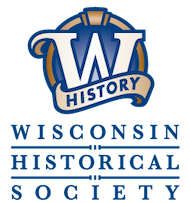
Object history created July 2020
FOOTNOTES
[1] Peter Pernin. “The Great Peshtigo Fire: An Eyewitness Account.” The Wisconsin Magazine of History 54, no. 4 (1971): 246-72. www.jstor.org/stable/4634648.
[2] Pauly, John J. “The Great Chicago Fire as a National Event.” American Quarterly 36, no. 5 (1984): 670. doi:10.2307/2712866.
Additional Sources:
“Benchmarks: October 8, 1871: The Deadliest Wildfire in American History Incinerates Peshtigo, Wisconsin.” Benchmarks: October 8, 1871: The deadliest wildfire in American history incinerates Peshtigo, Wisconsin | EARTH Magazine. Accessed December 5, 2019. https://www.earthmagazine.org/article/benchmarks-october-8-1871-deadliest-wildfire-american-history-incinerates-peshtigo-wisconsin.
“From First Americans to Euroamericans: The Fire of 1871 and Williamsonville: A 19th Century Euroamerican Settlement in Door County.” Wisconsin Historical Markers. Accessed November 11, 2019. http://www.wisconsinhistoricalmarkers.com/2014/05/from-first-americans-to-euroamericans_64.html.
History.com Editors. “Chicago Fire of 1871.” History.com. A&E Television Networks, March 4, 2010. https://www.history.com/topics/19th-century/great-chicago-fire.
Moran Joseph M. and E. Lee Somerville “Tornadoes of Fire at Williamsonville, Wisconsin, October 8, 1871.” Transactions of the Wisconsin Academy of Sciences, Arts and Letters (Volume 78), Carl N. Haywood, 1990. http://digicoll.library.wisc.edu/cgi-bin/WI/WI-idx?type=turn&entity=WI.WT1990.p0027&id=WI.WT1990&isize=M
National Geographic Society. “The Chicago Fire of 1871 and the ‘Great Rebuilding’.” National Geographic Society, October 15, 2012. https://www.nationalgeographic.org/article/chicago-fire-1871-and-great-rebuilding/.
Pauly, John J. “The Great Chicago Fire as a National Event.” American Quarterly 36, no. 5 (1984): 668-83. doi:10.2307/2712866.
“Peshtigo Fire.” Wisconsin Historical Society, August 3, 2012. https://www.wisconsinhistory.org/Records/Article/CS1750.
Peshtigo Fire Museum. Accessed December 5, 2019. http://peshtigofiremuseum.com/.
Peter Pernin. “The Great Peshtigo Fire: An Eyewitness Account.” The Wisconsin Magazine of History 54, no. 4 (1971): 246-72. www.jstor.org/stable/4634648.
Skiba, Justin. “The Fire That Took Williamsonville”. doorcountypulse.com, September 2, 2016. https://doorcountypulse.com/fire-took-williamsonville/
US Department of Commerce, and Noaa. “The Peshtigo Fire.” National Weather Service. NOAA’s National Weather Service, November 19, 2015. https://www.weather.gov/grb/peshtigofire.
US Department of Commerce, and Noaa. “The Peshtigo Fire.” National Weather Service. NOAA’s National Weather Service, November 19, 2015. https://www.weather.gov/grb/peshtigofire.
